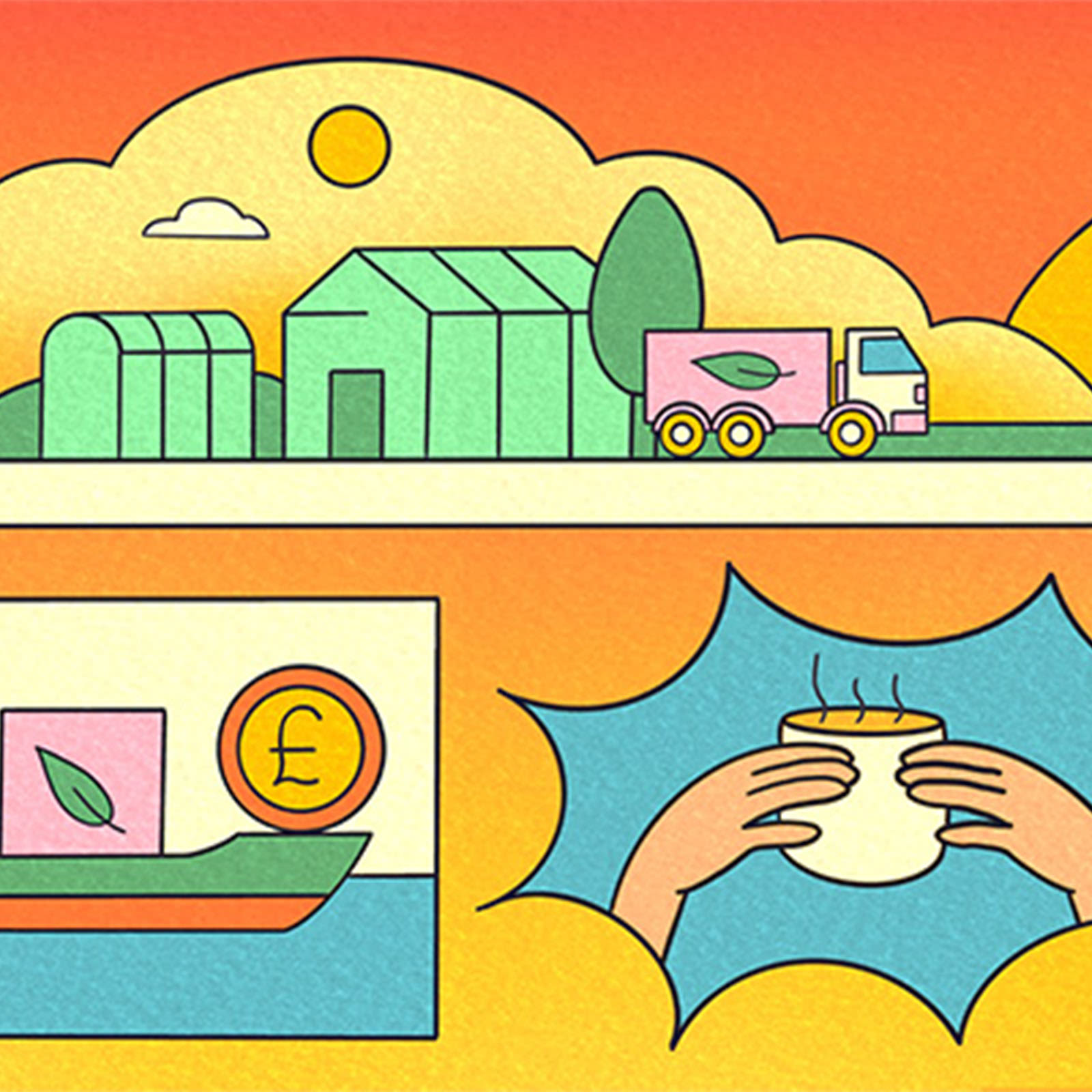
Before Mehmet Katipzadeler renovated and reopened Istanbul's Hürrem Sultan Hamamı in 2011, the Turkish hammam bath had had trouble attracting customers. By weaving a professional code of conduct into the experience, making customer service key, Mehmet has managed to breathe new life into an otherwise dying tradition. Today, Hürrem Sultan Hamamı serves up to 3,000 guests every month and around 85% of its customers are tourists.
‘Running a 500-year-old hammam is more than a hospitality business – it's taking responsibility for history and assuring its longevity,’ he says. ‘After all, there are few things in the world that are described with the word “Turkish” in front of it: coffee, baklava and baths.’ He believes that the revival of such historic places plays an important role in moving culture forward.
There are 362 historical Turkish baths in Istanbul like the Hürrem Sultan Hamamı, but only around 120 are operational – and less than half are under professional management. These establishments are either passed down from one generation to another or are part of a foundation, as in the case of Hürrem Sultan Hamamı. Both ownership models are prone to degeneration and make tending to the needs of an antiquity particularly hard.
But, beyond the maintenance of the building, the primary setback Mehmet has faced is shifting the preconceived notions people have about hammams. Many are under the impression that going to a Turkish bath means being kneaded like dough by a mustachioed, big-bellied, hairy man. Yet that's far from what Hürrem Sultan Hamamı has to offer. Ripping apart this stereotype for international visitors, and also convincing local customers that this was a different experience from that of their grandparents' day, has been a challenge.



The service
When Hürrem Sultan Hamamı was built in 1556, Turkish baths were the second-most frequented social space in the empire. Although bathing collectively is one of the world's oldest traditions, the longevity of hammam culture has been threatened as its popularity has waned.
Mehmet is the first to introduce the premium quality and service expected of a spa in a five-star hotel to a historic hammam. ‘The hammam is the second spot, after the hotel, where tourists undress and leave their belongings behind. I take that responsibility very seriously,’ he says. No expense is spared – all products, from soaps and shampoo to towels, are locally sourced and customized for Hürrem Sultan Hamamı.
Unlike Japanese hot baths or the Finnish sauna, the Turkish bath involves being scrubbed, exfoliated and washed by a staff member, who Mehmet refers to as a tellak (a rubber). ‘The hammam is a hands-on experience that necessitates trusting a professional with your body.’ All tellaks are required to know a foreign language, preferably English, acquire know-how of anatomy and complete 628 hours of a massage course certified by the Ministry of National Education before they can apply for a job. ‘Some start here as towel boys or girls, or bring beverages to guests. This is to ensure the quality of hospitality. From there, they can work their way up,’ Mehmet says. Since its reopening, Mehmet's establishment has become a training school for wellness staff.
However, this update in service quality was met with resistance by customers and business owners alike. ‘Although this spot has been open to the public, the hammam is located in the backyard of the Topkapı Palace, meaning it was frequented only by nobles, clergymen and diplomats. Unfortunately, these types of buildings are costly and the only way to keep them alive is through a whole rounded service.’


The building
Set across from Hagia Sophia mosque and Topkapı Palace, known today as the historic center of Istanbul, the hammam was built by Ottoman master architect Mimar Sinan upon the request of Sultan Suleiman Magnificent's wife, Hürrem Sultan – hence why it bears her name.
What makes Hürrem Sultan Hamamı a one-of-a-kind experience is undoubtedly the building; it's this architectural marvel that's also the hardest to maintain. ‘The core elements of the Turkish bath experience, such as water, humidity and heat, are all damaging to the structure,’ explains Mehmet. ‘Outside the dome is coated with folded layers of lead sheets, allowing the rising steam to escape, which allows the building to breathe – an architectural genius, yet inside, where the heat rises, [it] ought to be painted and cleaned regularly as the excess of steam causes spotting.’
When Mehmet agreed to the restoration of the building, it had been used for many purposes other than those it was originally built for. For a while, it was a paper store, then a gas depot and, in 1987, the Ministry of Culture and Tourism turned it into a carpet gallery and shop. ‘My father isn't a hammam owner and I had to do a lot of research into the specifics of it all,’ he says. Under the watchful eye of the architectural department of Kocaeli University, Hürrem Sultan Hamamı was brought back to its original state. ‘A project like this is like a painting. The “painter” owns the copyrights to the restoration and not a single stone can be moved.’ The original pipeworks laid down by architect Mimar Sinan are left exposed for guests to marvel at.
The experience
After a decade in the business, Mehmet believes that, although historic hammams are hard to maintain, they're here to stay. ‘In the era of experience commodification, the Turkish bath is the ultimate experience. To be treated to a bath befitting a sultan, to spoil oneself as such, is the epitome of self-care. This, matched with the five-star hotel service, is an unbeatable combination. Of course, none of this could be possible without a great team working with great enthusiasm. When we started, most guests commended us for the building, but now they leave with specific gratitude for our staff members. They remember them by name; that's the kind of service we hope to uphold.’



